Search the Special Collections and Archives Portal
Search Results
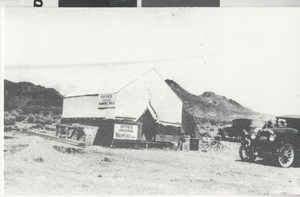
Postcard of Wahmonie (Nev.), 1928
Date
Archival Collection
Description
Image
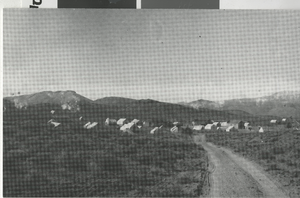
Postcard of Diamondfield (Nev.), 1904
Date
Archival Collection
Description
Image
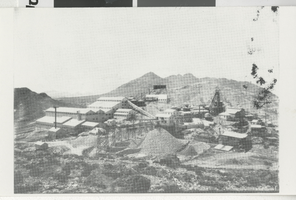
Postcard of Tonopah Belmont Development Company's mine and mill, Tonopah (Nev.), September 18, 1912
Date
Archival Collection
Description
Image
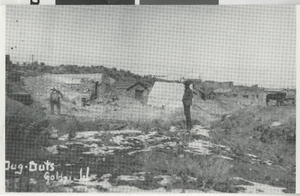
Postcard of dugout houses in Goldfield (Nev.), 1904
Date
Archival Collection
Description
Image
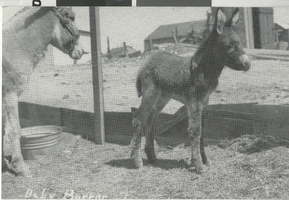
Postcard of a baby burro, Tonopah (Nev.), 1905
Date
Archival Collection
Description
Image
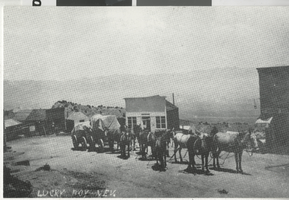
Postcard of Lucky Boy (Nev.), 1909
Date
Archival Collection
Description
Image
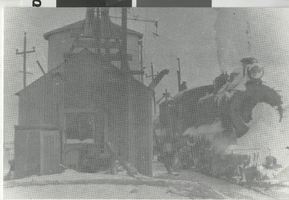
Postcard of a Tonopah and Goldfield Railroad train, Millers (Nev.), 1933
Date
Archival Collection
Description
Image
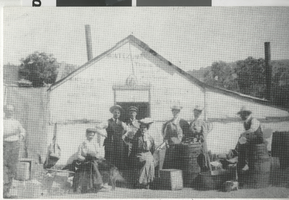
Postcard of a tent store, Montezuma (Nev.), 1908
Date
Archival Collection
Description
Image
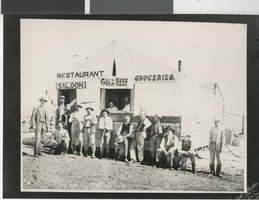
Photograph of people outside Gold Reef's first business (Nev.), 1908
Date
Archival Collection
Description
Gold Reef, Nevada, camp's first business, October 11, 1908. There is an inscription on the back of the image: "The camp's first business, a combination saloon, restaurant, barber shop and general store, October 11, 1908. Gold Reef was located 8 miles south of Tonopah in the Gold Mountain mining district. The camp was founded after rich gold outcrops were discovered nearby, but the deposits were small and the camp had vanished by 1910. The area came to life again during the Divide boom of 1919, but was abandoned again by 1925. E.W. Smith photo." There is a date stamp: 1984.
Image
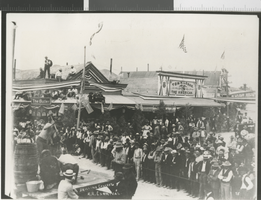
Photograph of a carnival celebrating the arrival of Tonopah's railroad (Nev.), 1904
Date
Archival Collection
Description
Railroad days, Tonopah, Nevada, July 26, 1904. There is an inscription on the back of the image: "A three day carnival was held to celebrate the arrival of Tonopah's railroad. The celebration featured drilling contests and many other forms of entertainment. The Tonopah R.R. was later merged with the Goldfield R.R. to form the T. & G. R.R. which served Tonopah until 1947." There is a date stamp: 1982.
Image
